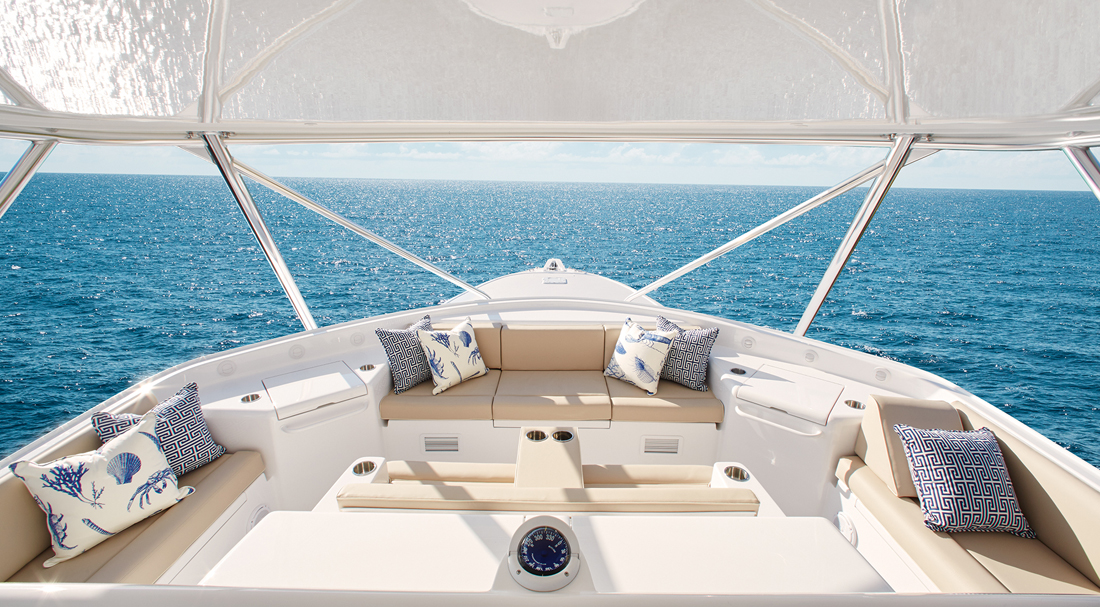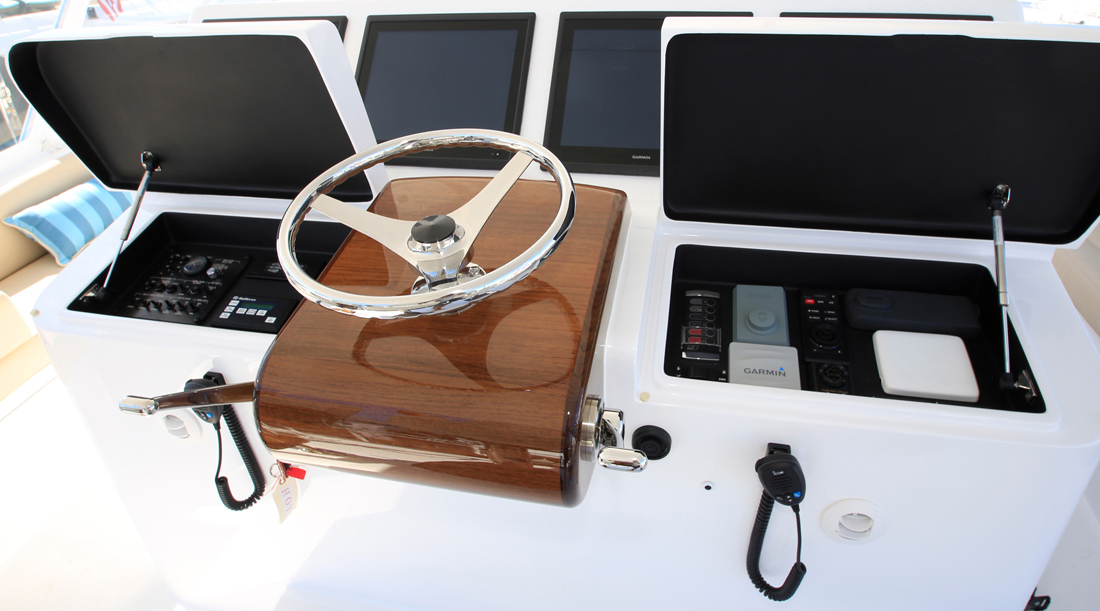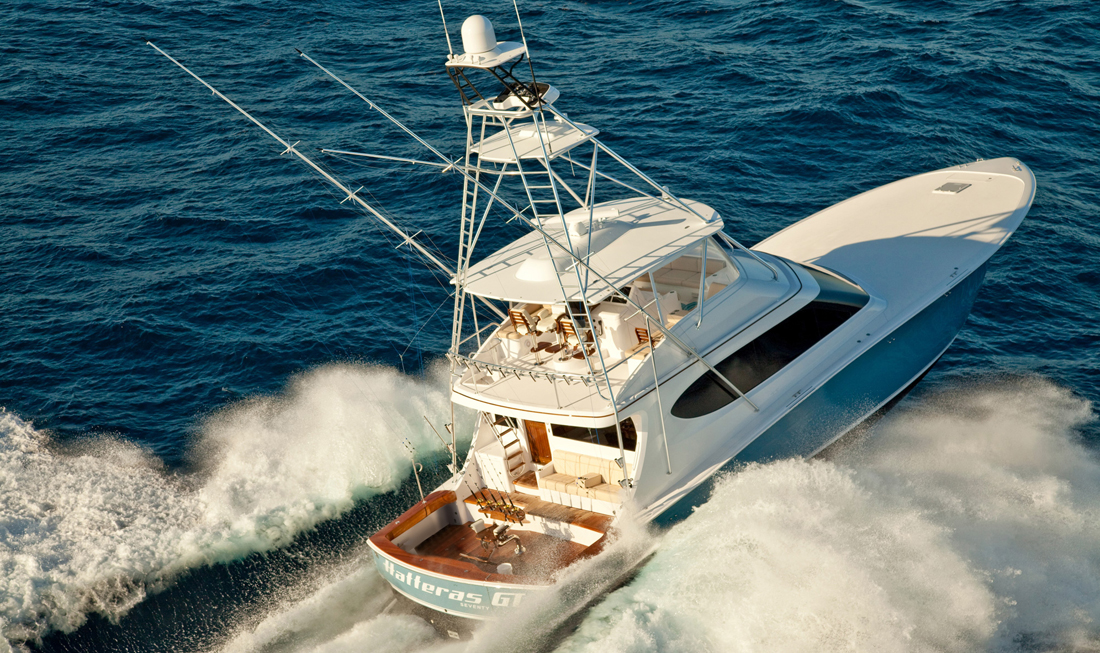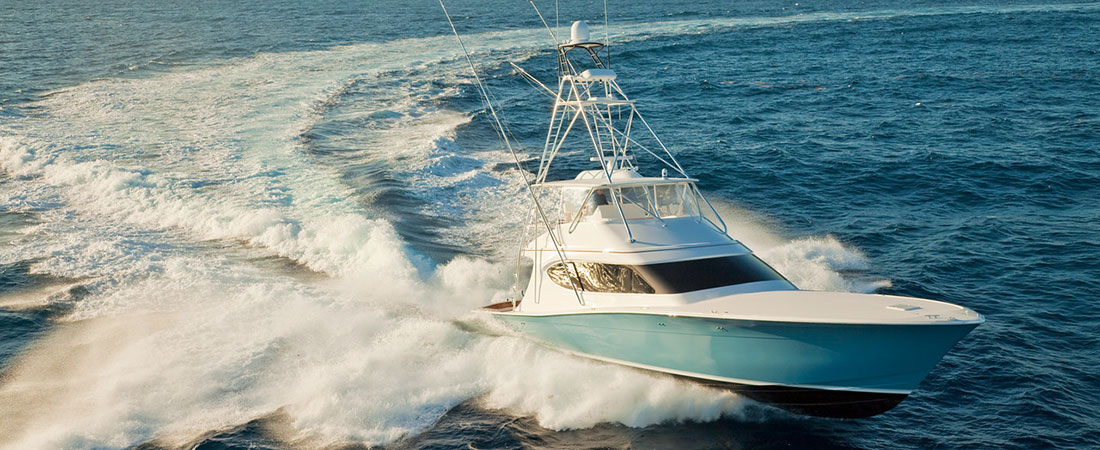- Alaskan Yachts
- Azimut Yachts
- Back Cove Yachts
- Beneteau Yachts
- Benetti Superyachts
- Bertram Yachts
- Boston Whaler
- Broward Yachts
- Buddy Davis Sportfish
- Burger Yachts
- Cabo Yachts
- Catamarans
- Carver Motoryachts
- Center Console
- Chris-Craft Yachts
- Cruisers Yachts
- DeFever Trawlers
- Dufour Sailboats
- Fairline Yachts
- Feadship Yachts
- Ferretti Yachts
- Formula Yachts
- Fountaine Pajot Cats
- Grady-White
- Grand Banks Trawlers
- Hargrave Yachts
- Hatteras Yachts
- Hinckley Picnic Boats
- Horizon Yachts
- Hydra-Sports
- Intrepid Boats
- Jarrett Bay Sportfish
- Jeanneau Yachts
- Kadey-Krogen Trawlers
- Lazzara Yachts
- Lekker Boats
- Luhrs Sportfish
- Marlow Yachts
- Maritimo Yachts
- Marquis Yachts
- McKinna Motoryachts
- Meridian Yachts
- Midnight Express
- MJM Yachts
- Mochi Craft
- Neptunus Motoryachts
- Nordhavn Trawlers
- Nordic Tugs
- Numarine Yachts
- Ocean Alexander Yachts
- Offshore Yachts
- Outer Reef
- Oyster Sailing Yachts
- Pacific Mariner Yachts
- Palmer Johnson Yachts
Hatteras GT70 Test Walkthrough Video By BoatTest.com
May 24, 2017 2:34 pm
The GT70 by Hatteras is engineered to excel under tough conditions, while offering a host of features and amenities that define the premium sportfish category. It is built on a variable deadrise bottom with a sharp entry and powered by standard twin CAT C-32A diesels (or optional MTUs).
And with a cruise range in the mid-30s and top-end speed over 40 knots, it is a workhorse with the bearing and grace of a thoroughbred. Join us as BoatTest.com tests this powerful sportfish yacht:
The following opinions are solely those of BoatTest.com and its test captain.
Hi, Capt. Steve for BoatTest.com, and today we’re going to be conducting a sea trial of the newest model from Hatteras, the GT 70. This marks a natural evolution for the company and creates a bigger, lighter and faster battle wagon with true bluewater capabilities.
Firstly, we’ll head to the power panel in the salon to activate the ship’s systems. The helm is accessed from a ladder in the cockpit and once up, we’re presented with an aft mounted center console.

An optional enclosed bridge deck will have the console moved forward. With this version, we’re well with inside of the fight of the cockpit, but not the bow.
Four 19-inch displays grace the panel, providing a wealth of selectable information. Engine monitors and dual VHFs are in the drop-down panel above. In the center is a high-gloss T console with Palm Beach type sticks to both sides.

Outboard are to enclosed compartments with mostly monitoring to port and operational controls to starboard. Three high-end leather-back seats were finished to perfection and allow the captain to have a couple of observers assist in the navigation. The center operator’s seat is slightly elevated from the other two, all have removable seatbacks.
Up in the tower there are several help packages ranging from no electronics to a full complement. Emergency stops are located both on the panel and lower on the console. Regardless, all panels and side frames are painted black to remove glare from the equation. Owners can also choose between this bench seat and the leaning post – both provides ample views of the cockpit.

Transitioning to the side deck is a little dicey for short test captains. There’s an integrated rail up high end out of my reach. But there is an option for another grab rail right over the side windows.
The bow on our test boat had no bow rails but they are available as an option along with a bow crane for launching a tender. Also on this model the anchor is stored in a forward locker. A pulpit can also be fitted, with the anchor deploying from underneath.
All cleats are 15-inch, and at the cockpit the lines run through transom households. At the bow, there’s chafing gear to the outsides.
There are two aft stateroom separated by a head. Certainly these can qualify as guest staterooms, but with the head also having a door to the engine room, they serve ideally for crew. A second entrance to the engine room is from the cockpit.
In the engine room, we measured headroom of 6-feet 7-inches and 1-feet 10-inches between the filters at the narrowest spot on the walkway between the engines. And here we have a pair of 2,600 horsepower MTUs, stainless rails surround the engine and facilitate safety while conducting inspections when underway.
The ceiling is well insulated to prevent noise migration to the salon above. Lighting is both AC and DC. Generators are located to the aft bulkhead and access to all filters and daily checkpoints for all mechanical gear is excellent.
It’s a little snug trying to get to the outboard sides of the engines, but it is doable when necessary. Transmissions are connected to a 4-inch shaft, vent through triplet shaft seals to the Nibral propellers. So let’s get underway now and see how she performs.
Hatteras tells us that the standard 1,900 horsepower CATS will take it over 35 knots. With 30 knots being the Holy Grail, that’s a good benchmark. But with our optional 2600 horsepower MTU engine doing the heavy work, we reached the top speed of 41 knot at 2,450 RPM.
At that speed we were burning 262 gallons per hour, resulting in a range of 422.5 nautical miles, and this in 3 to 5-foot swells. Imagine what this behemoth could do in the flat. Best economy was pretty subjective as the performance curve showed a steady incline all the way up to top speed.
One therefore sets the throttle at the speed that will give their desired performance; likely one that’s slated to keep the guests happy and get out and back in the quickest time possible. That said, we did find the dialing back to 2,000 RPM and 33 knots, the top speed most offshore convertibles, showed a fuel-burn of 178 gallons per hour at a range of just over 500 nautical miles.

Now while those numbers are respectable, it’s even more impressive when you consider that we were running in 3 – 5 foot seas and getting those speeds. It was impressive to see, and if we hadn’t seen it with our own eyes, but see we did at 41 knots and something this size, in the rough seas, that’s serious.
Hatteras does it first by keeping the weight in check. Second, is by design. The huge bow flair and narrow entry that slices through the waves and deflects spray so well, along with the ability to resist stuffing large following seas is easily seen. Then of course is the sheer horsepower.
So as for the handling, it was unbelievable to see something this big, move this fast through this kind of sloppy conditions. Where we can see other boats backing off from the pounding, the GT 70 was having none of that attitude, and we sliced right through it at 41 knots.
It was typical of what we might see in a narrow-hulled catamaran, but here it was, in our face and proudly displaying it. In fact, where we usually say that a boat performed better in this direction or that sort of sea, this boat took whatever we dished out and refused to show even a hint of displeasure with it. Not even a bulkhead shake or fittings vibrating – nothing.
With this latest launch from the Hatteras yard, offshore fishing takes on a whole new level of comfort with a great handling boat that can take whatever an owner chooses to dish out. And that’s our full test of the new GT 70 from Hatteras. For BoatTest.com, I’m Capt. Steve. We’ll see you on the water.






